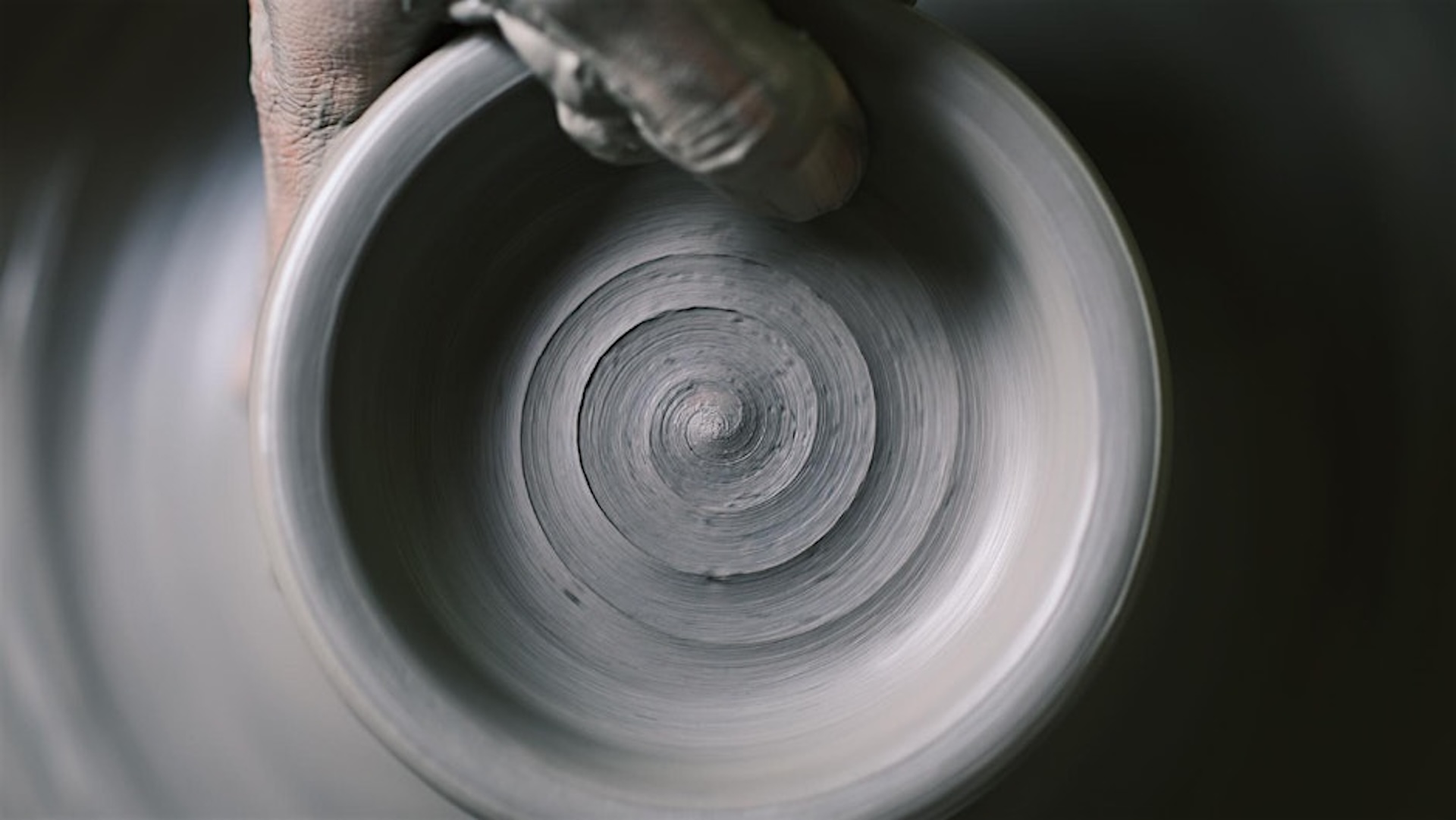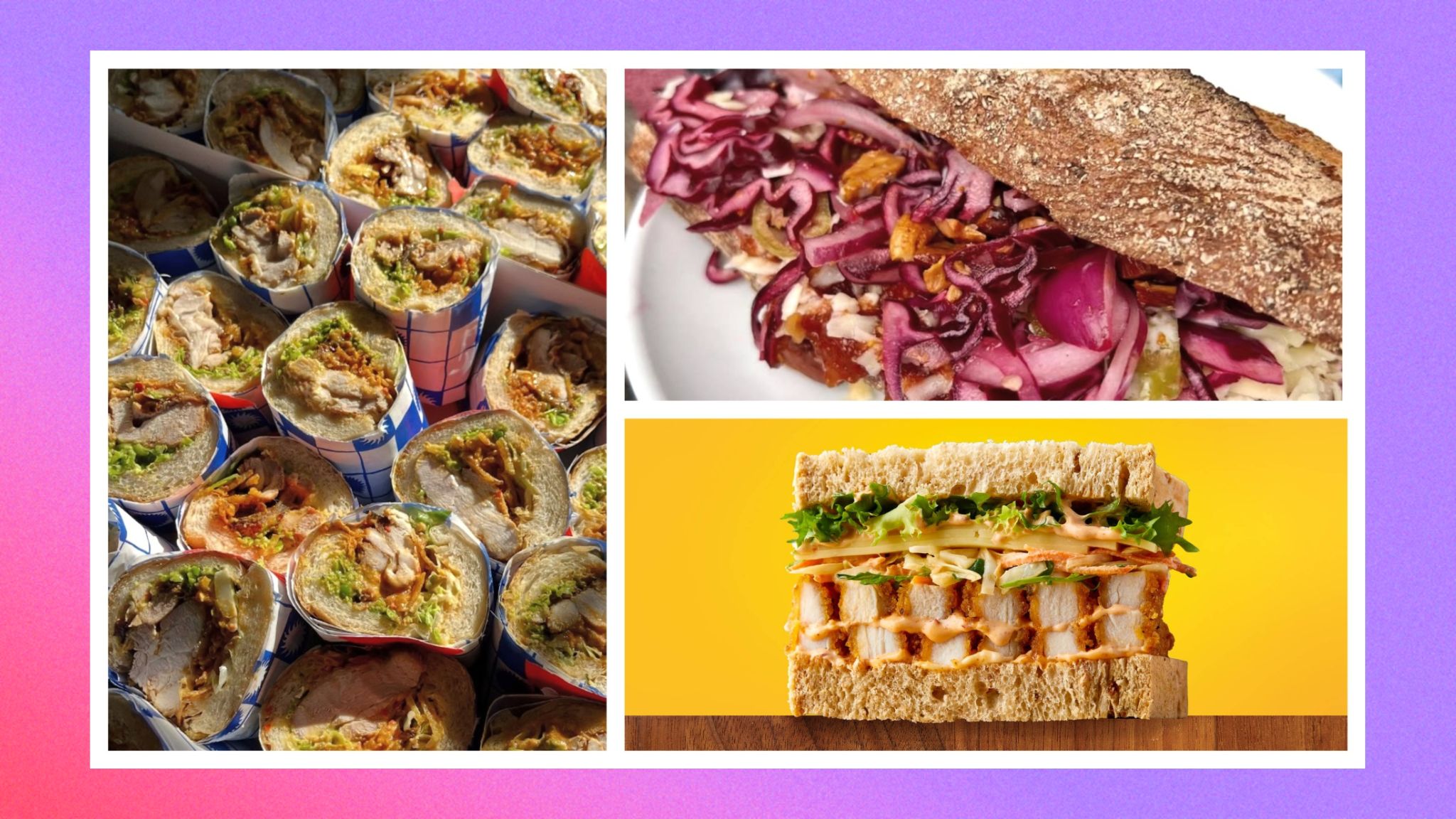Corn Stars: How bourbon boffins are resurrecting long lost cereals to make the booze of the future
Who needs dinosaurs when you've got Jurassic bourbon?
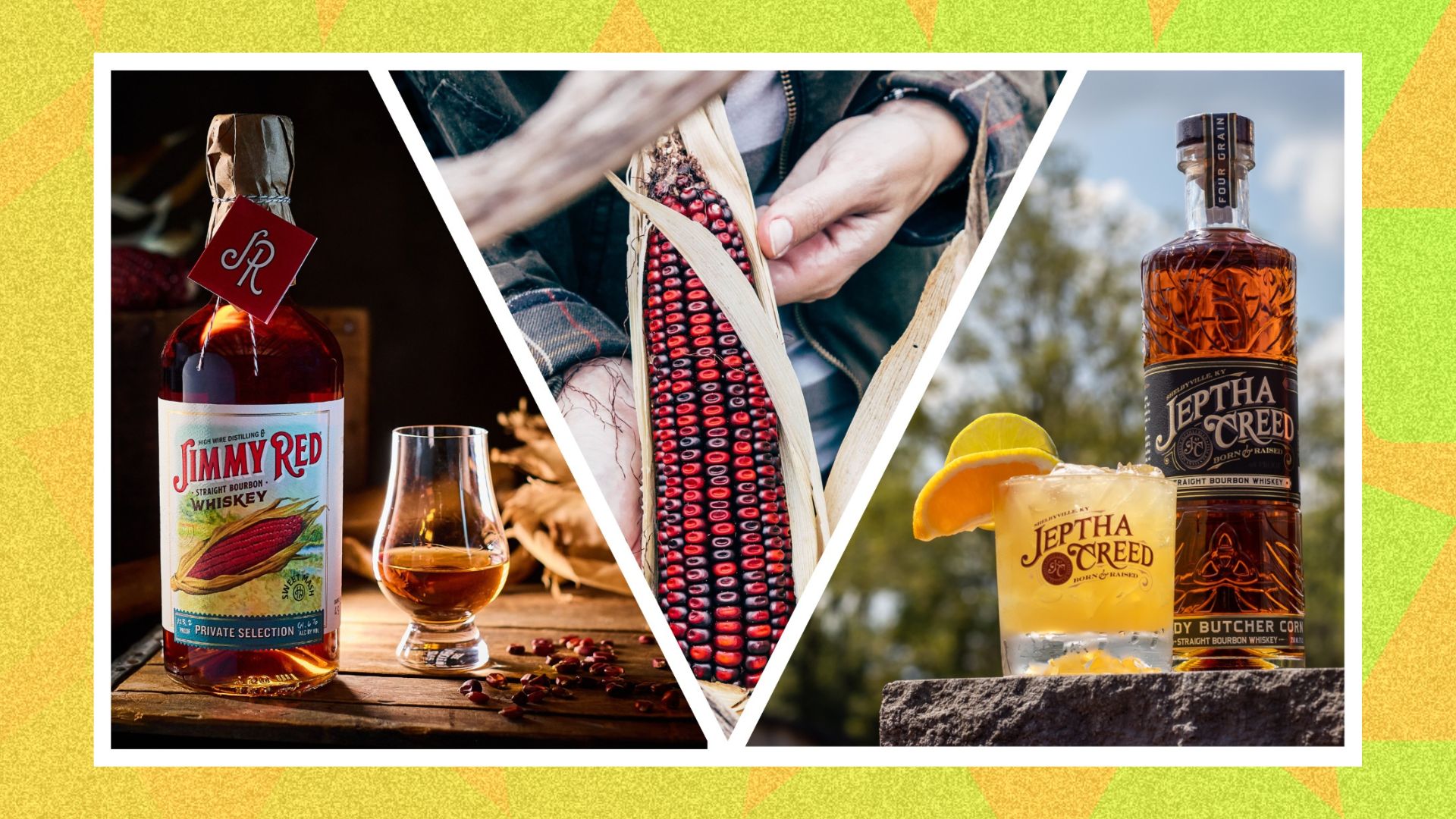
It’s a question so obvious, it’s a surprise that nobody has asked it before. If the ingredients in a dish are selected according to their own particular flavours, and the same goes for the leaves used to make a cup of tea, or the beans used to make a cup of coffee, why does the likes of bourbon - which really goes to town on its main ingredient, being at least 51% corn by law - tend to use the same kind of corn over and over?
Scott Blackwell, who runs High Wire Distilling in South Carolina, and who used to work in the coffee business, has taken this question to heart.
Working with the state’s Clemson University (it has a department specialising in plant research) he grew a crop of a kind of corn that was virtually extinct. You can think of him maybe as corn’s take on John Hammond in Jurassic Park — but with better consequences.
The corn is called James Island Red — corns all have charmingly odd names — and the 100% corn bourbon he has made from it is Jimmy Red. Now Blackwell is on to exploring the vaults of the International Maize and Wheat Improvement Center in Mexico. Since it holds 28,000 different varieties of corn seed, it’s a very big vault - and Blackwell hopes to discover something even more exotic.
A brave new bourbon
But why bother? Because, he explains, while it’s possible to tinker with the flavour of a bourbon by alternating the ratios of its other key ingredients, rye and wheat — or by processes such as ageing, distillation, or the use of differently charred oak barrels, and so on — the change is very subtle. Use a more exotic corn and you get a more exotic, distinctive flavour, texture or mouthfeel (the way a drink or food feels in the mouth), which matters when you’re up against the marketing might and global reach of a Jim Beam or a Maker’s Mark (even a Jack Daniel’s, which technically is a Tennessee whiskey and not a bourbon, but that’s another story).
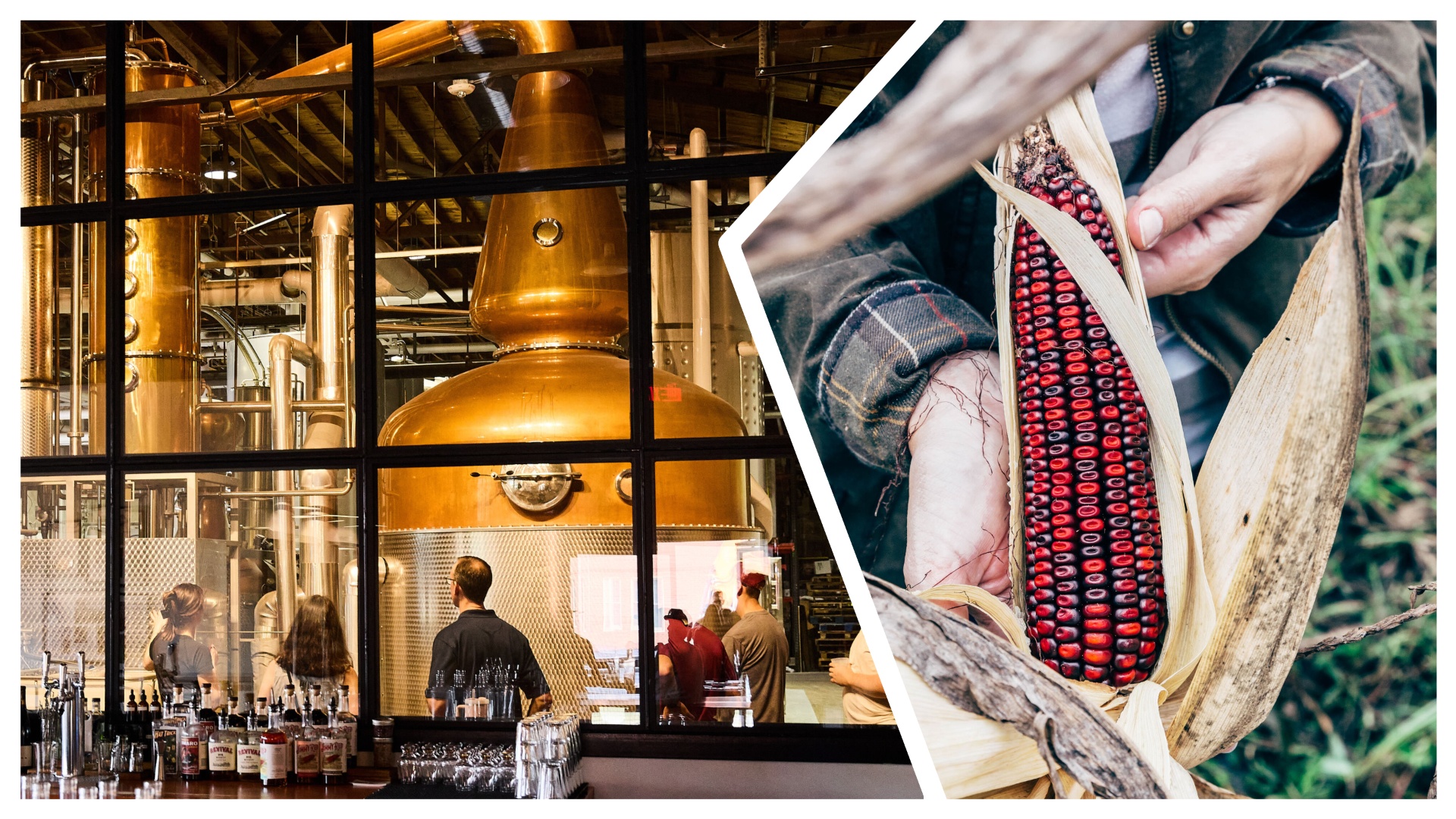
“I think there’s the potential here for corn in bourbon to be explored in ways akin to the appreciation of [flavour] notes in wine or chocolate - products that, as consumers, we have so much more knowledge about - and especially when corn is the primary ingredient for the drink,” suggests Blackwell. His bottles go big on labelling and neck-hanger booklets in an attempt to get this message across.
Indeed, Blackwell is one of a number of small batch bourbon producers looking to make their product stand out by exploring the use of what are being referred to as heirloom or heritage corns. These are just like the more expensive but considerably tastier heirloom tomatoes a decent restaurant might use in a salad.
Get exclusive shortlists, celebrity interviews and the best deals on the products you care about, straight to your inbox.
Doing so takes some old-fashioned farming knowledge, too. Joyce Nethery, co-founder of Jeptha Creed, a distillery based in Kentucky, may be a chemical engineer by training, but gravitated to using Bloody Butcher — a corn that dates to the 1840s and is so fantastically-named after its bright red colour — because it was home-grown locally to make excellent cornbread. And Bruce’s Blue Corn because historically it was fed to chickens to make for super-tasty eggs.
“So I just figured they would probably make for a good bourbon too,” she says.
“This is a rougher form of experimentation than I’m used to, but I’d love to do some empirical science one day to understand what chemical components in these corns make for these great flavours”.
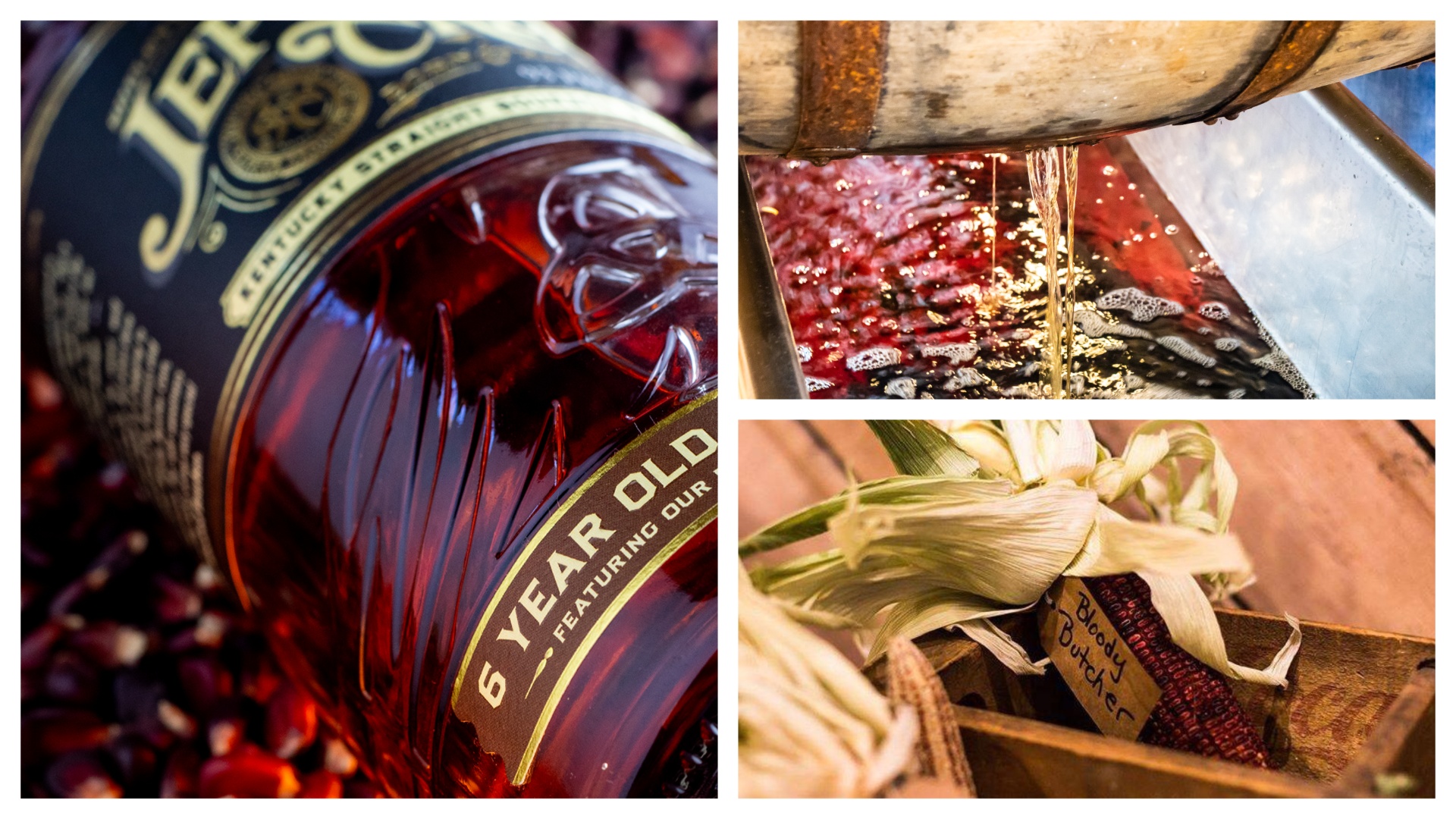
She’s now toying with another heirloom corn called Hickey King. Eureka Ensilage, Trucker’s Favorite, Cherokee White Eagle, Wachter’s True Gold - none of these are on her list, but their names make them too good not to mention.
'Elevating American whiskies'
But there’s another question here: if using a different corn results in a different, more complex flavour, why aren’t the major bourbon manufacturers also experimenting? The answer, at least in part, is that most bourbon drinkers don’t understand the difference that the choice of corn can make to the drink. So who’s going to notice? This is changing, of course, as bourbon slowly comes to be regarded as a connoisseur drink much as the best Scotch is.
'Corn alone isn’t enough — you may have a Wagu steak but you still have to know how to cook it.'
Jim Massey, Fugitive Spirits
“I’ve always contrasted the story of Scotch with that of bourbon, and how Scotch makers always emphasis how and where they grow their barley, and what sort of barley, and wondered why the same thinking wasn’t been applied to the US’s national liquor,” says Jim Massey, founder of Nashville-based Fugitive Spirits, which also uses heirloom corn to make its whiskey.
“The general idea was that bourbon just wasn’t that good. Yet it can be. Corn alone isn’t enough — you may have a Wagu steak but you still have to know how to cook it — but it can be the basis for really elevating American whiskies”.
Certainly there used to be lot more small bourbon producers, but many of these got co-opted into the production of ethanol during World War Two, and, following the war’s end, the mass-production of bourbon took over. Most bourbon is now an industrial, uniformly sweet product, made at scale and requiring a corn that is both more uniform and a lot cheaper too.
“Since then there’s been a resistance to chasing anything but volume,” laments Blackwell.
Heirloom corns don’t give that volume. They can be 20 times more expensive, in part because they can be hard to grow. A lot of heirloom corns get snaffled by the wildlife — they too vote with their mouths — before it even makes it near a still. “We call that the Critter’s Share,” jokes Nethery. Other varietals either grow too short for combine harvesters, so would have to be harvested by hand, or too high, and get blown over in storms.
Hard liquor — and hardier corn
Now consider Reid’s Yellow Dent, the big boys’ go-to corn, exactly the same corn used to make taco shells, or crisp-like corn-based snacks and even high fructose corn syrup, which has got a lot of bad press for its link (when consumed in large quantities) to weight gain, fatty liver disease and type 2 diabetes.
It too may have been an heirloom corn once, when it was introduced in the 1890s. However, it has since been modified over generations to be wind and pest-resistant, easy to grow and harvest — it even grows to a consistent, combine-friendly height — but, and here’s the kicker, not necessarily to taste good.
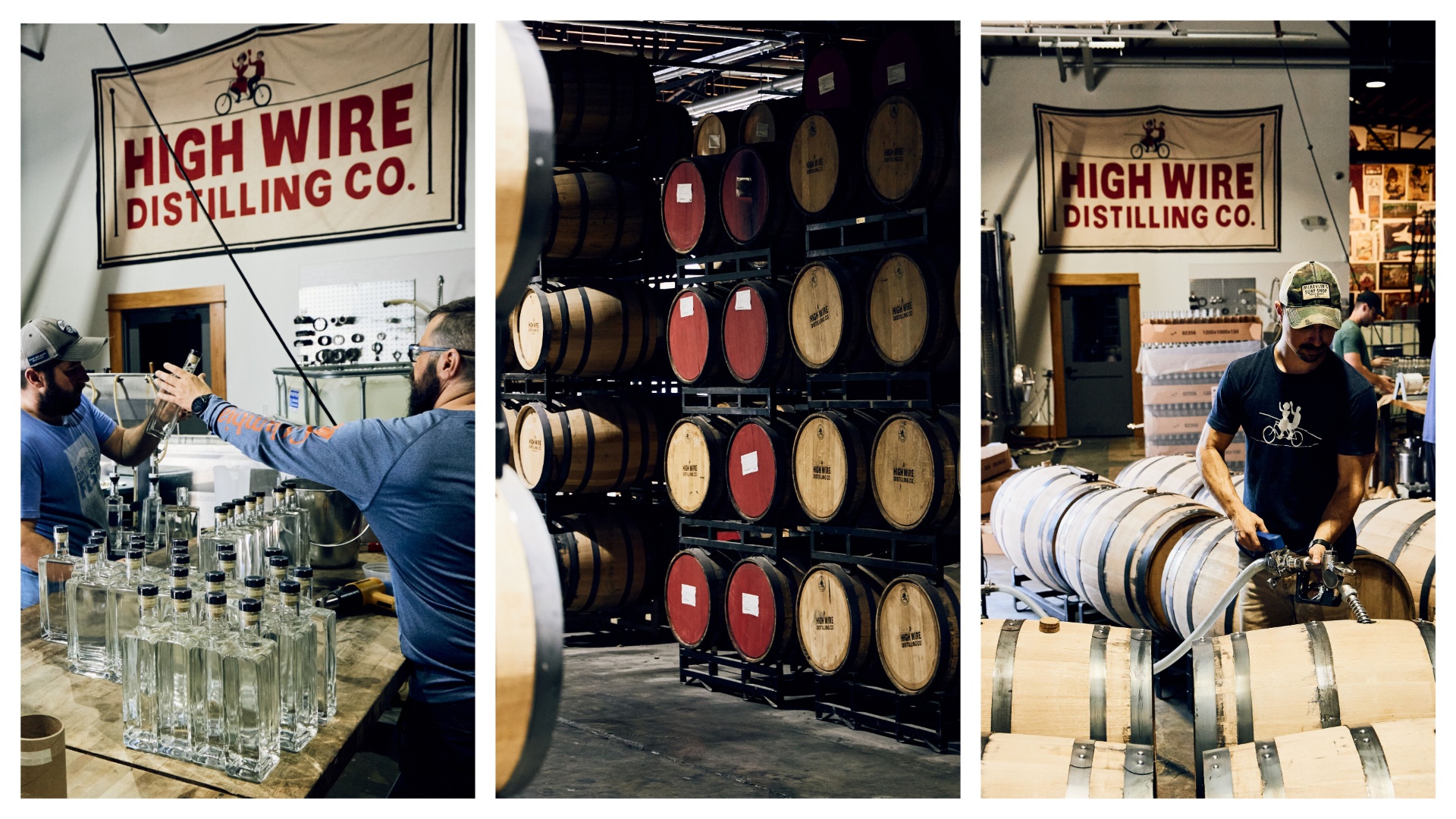
“It’s like asking someone what varietal of banana they eat. They almost certainly won’t know,” offers Blackwell. “What they get to eat is the kind of banana that travels well and sits longest on a supermarket shelf, not the one that tastes best”.
But then, in fairness, large-scale production brings other priorities: Jim Beam and its ilk plans its output decades in advance and makes some 180 million bottles a year, or around 500,000 barrels. High Wire has made just 1500 of its Jimmy Red. So getting adventurous corn is not a situation that would work for Mr. Beam any time soon. It does, however, work for a bourbon drinker looking for something that, at last, is out of the ordinary.

Josh Sims is a freelance writer and editor based in the U.K. He’s a contributor to The Times (London), Esquire, Robb Report, Vogue and The South China Morning Post, among other publications. He has written on everything from space travel to financial bubbles, and art forgery to the pivotal role of donkeys in the making of civilisation.
A former editor of British style magazines Arena Homme Plus and The Face, Sims is also the author of several books on style including the best-selling Icons of Men’s Style. He’s married and has two boys. His household is too damn loud.
You must confirm your public display name before commenting
Please logout and then login again, you will then be prompted to enter your display name.
-
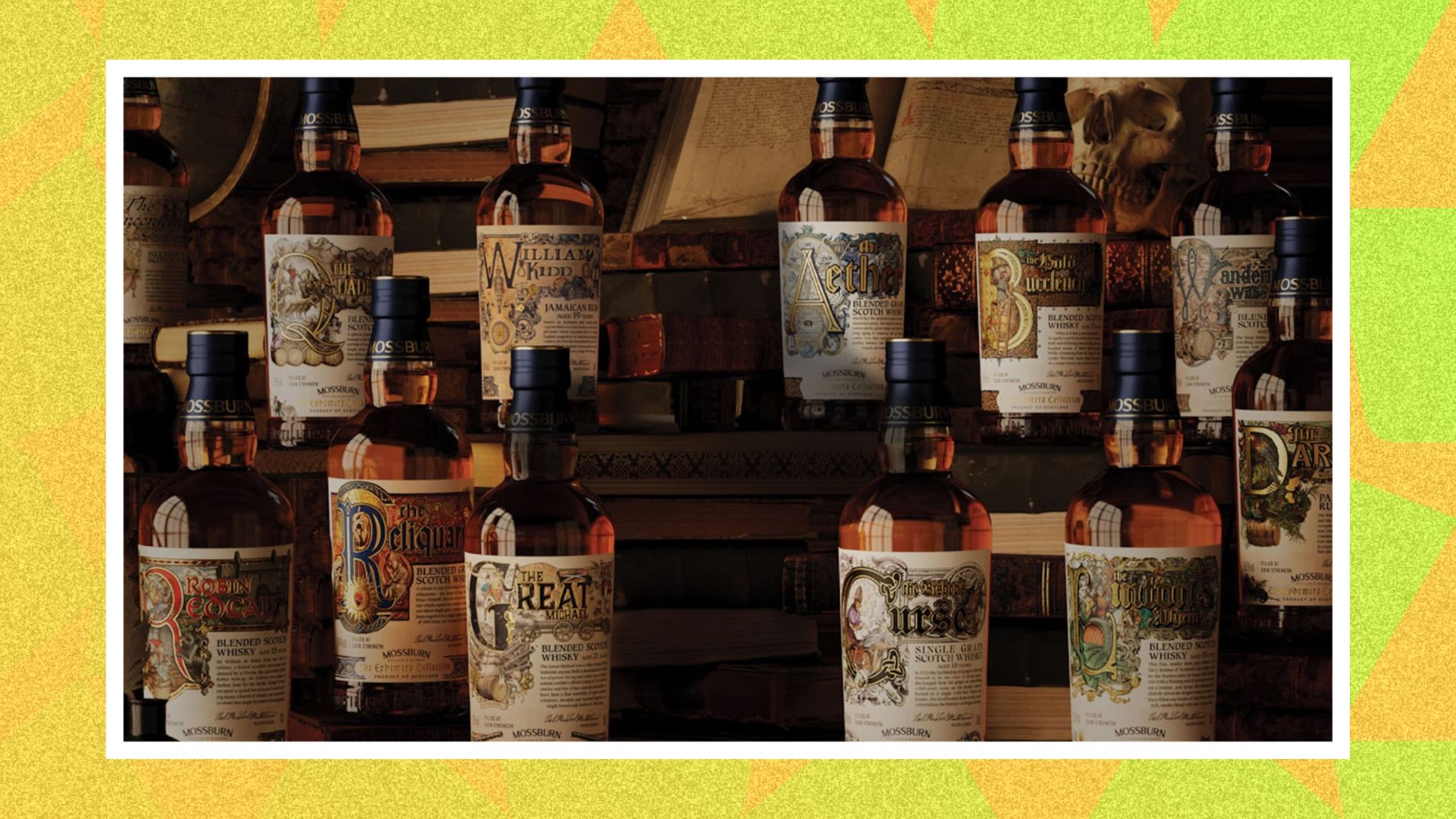 Mossburn’s new whisky collection bottles Scotland’s strangest folklore
Mossburn’s new whisky collection bottles Scotland’s strangest folkloreA mythical drop
-
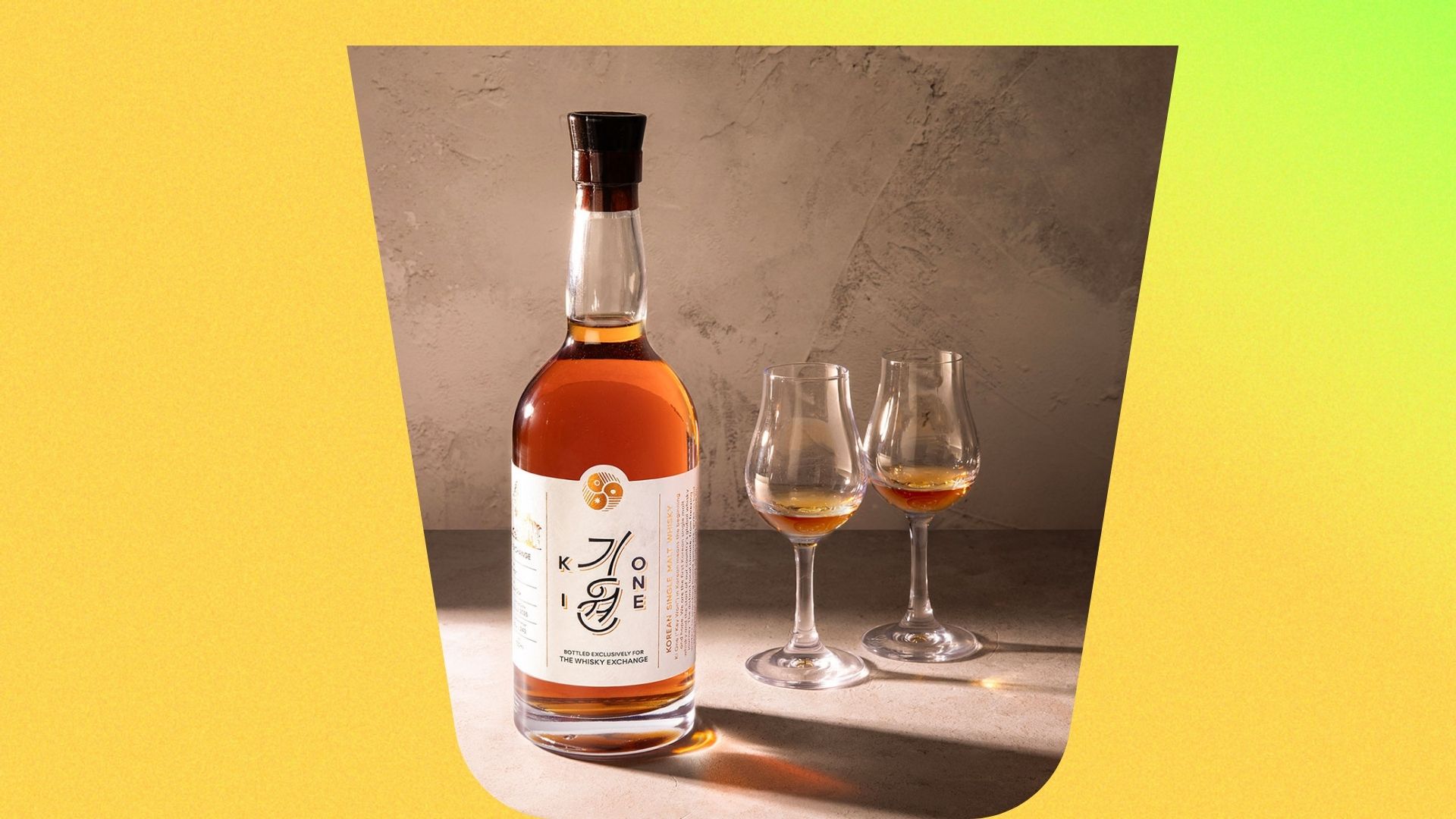 Inside Korea’s rising whisky scene – and the dram that stole the show
Inside Korea’s rising whisky scene – and the dram that stole the showWe taste our way through Korea’s emerging whisky world
-
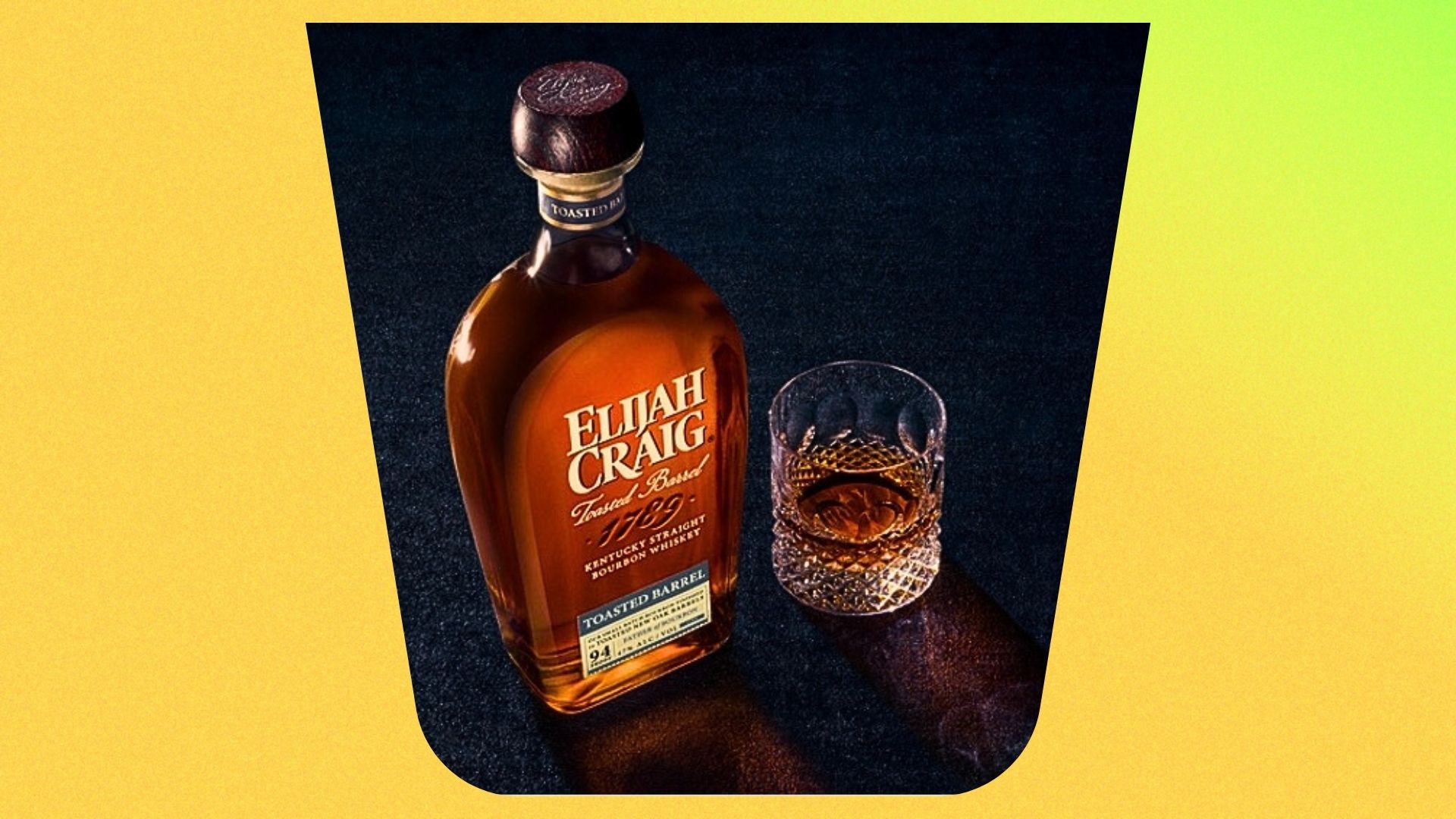 Elijah Craig’s Toasted Barrel is finally launching in the UK
Elijah Craig’s Toasted Barrel is finally launching in the UKJust in time for Autumn
-
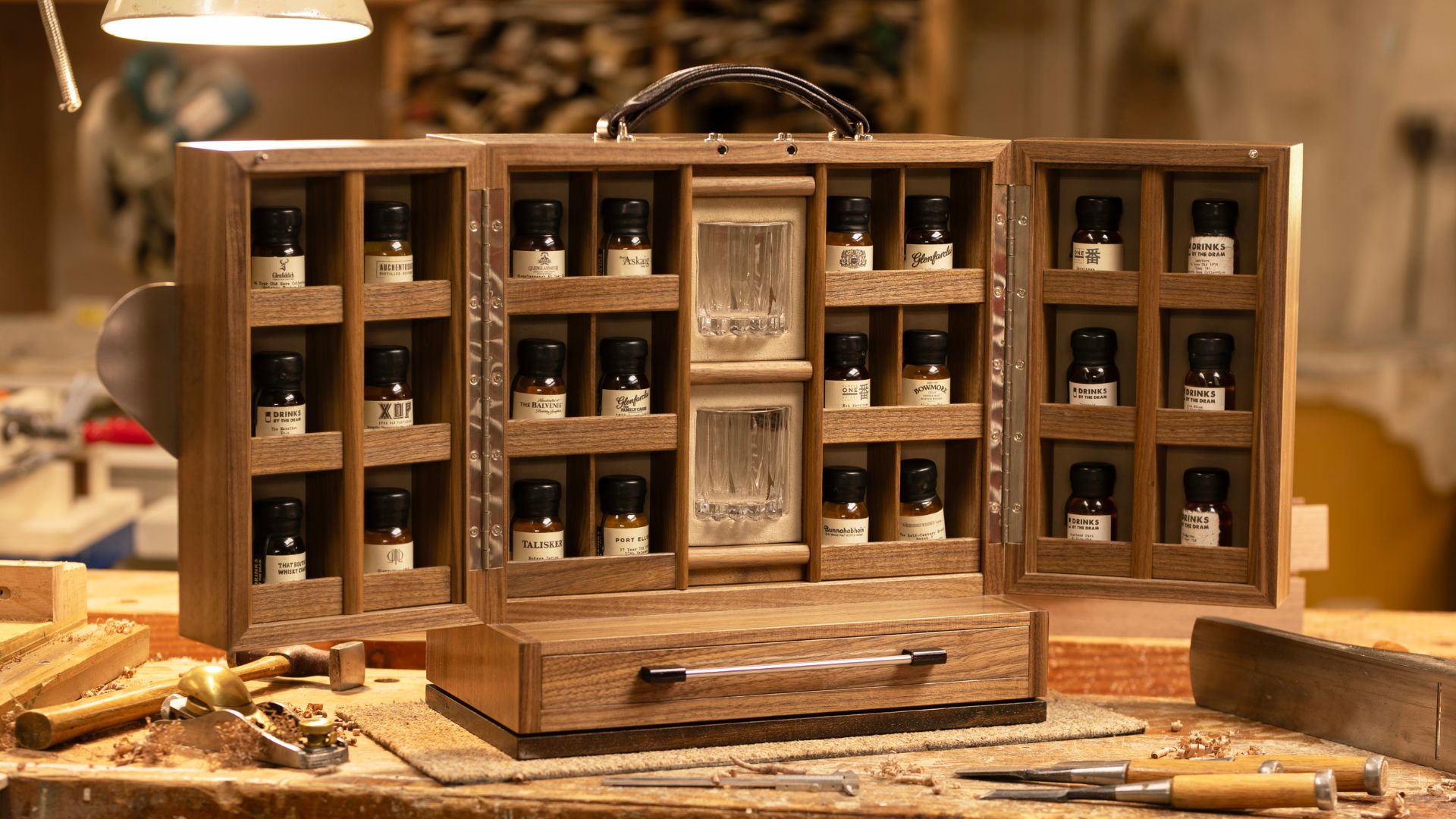 From a £10k whisky wonderland to a beautiful brew: These are the best drinks advent calendars in 2025
From a £10k whisky wonderland to a beautiful brew: These are the best drinks advent calendars in 2025Sip happens
-
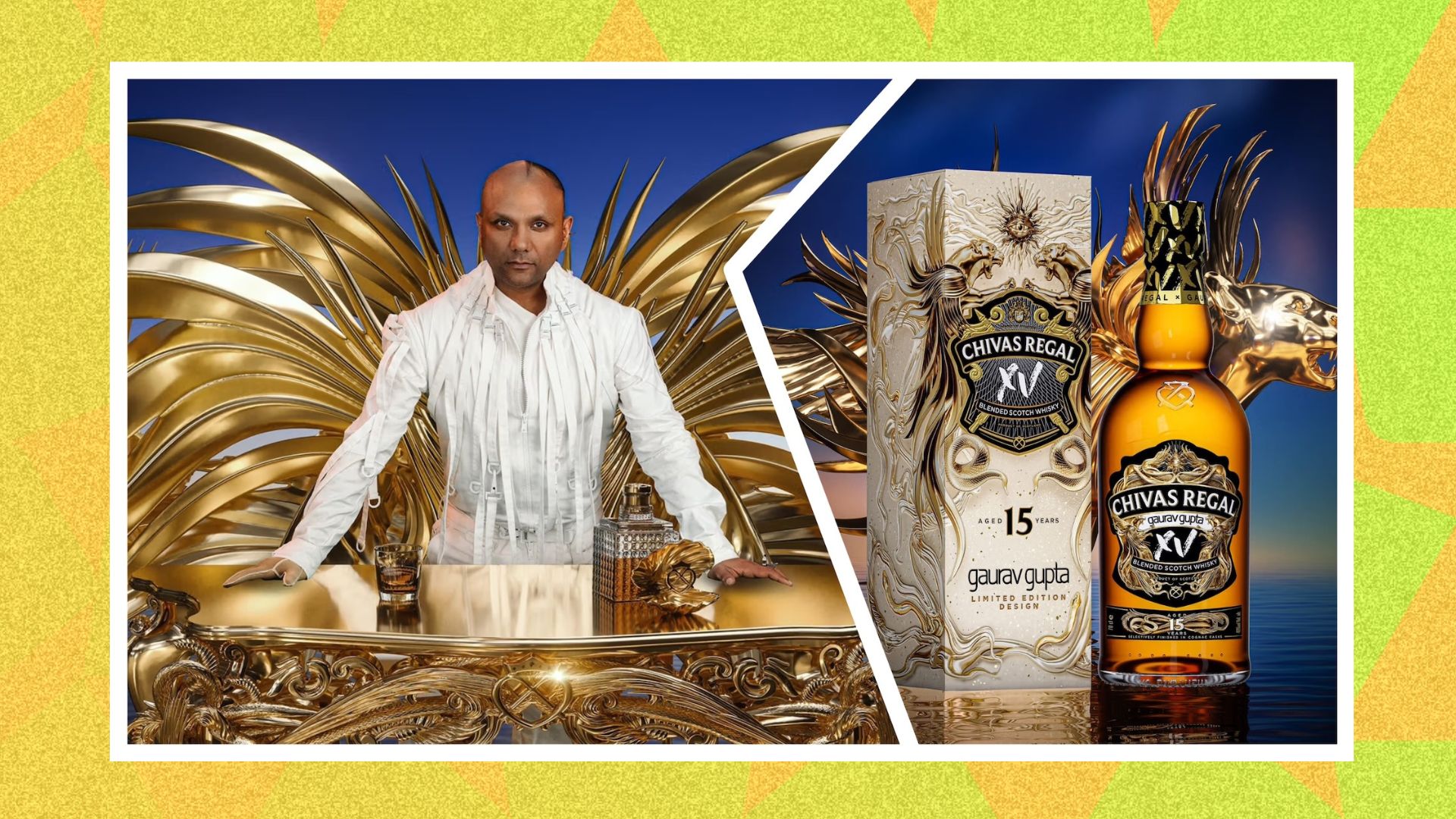 Gaurav Gupta’s Chivas Regal collaboration turns Scotch into surrealism — and fashion into fantasy
Gaurav Gupta’s Chivas Regal collaboration turns Scotch into surrealism — and fashion into fantasyThe designer who put wings on whisky
-
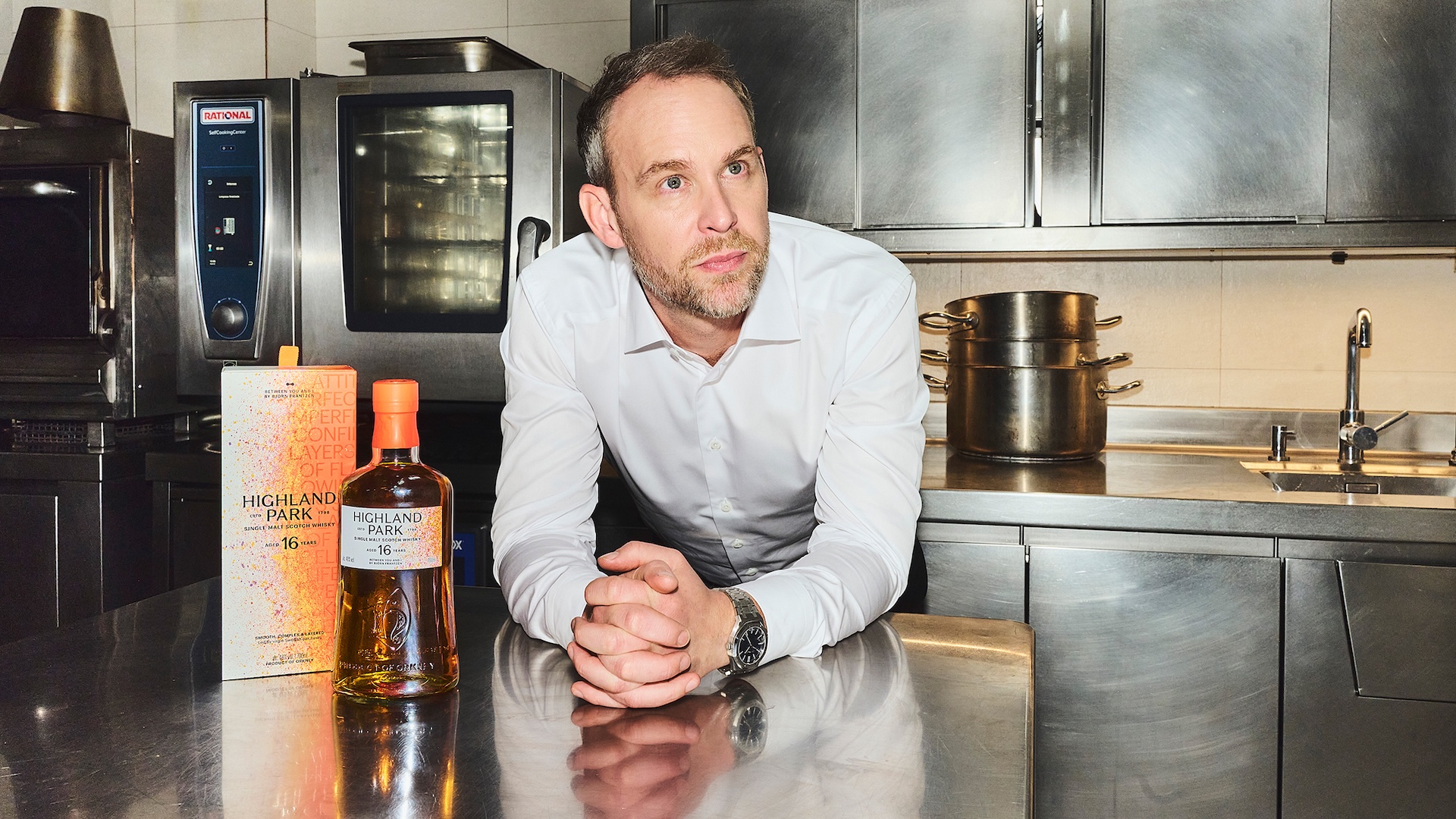 Whisky that wants you to taste with your feelings
Whisky that wants you to taste with your feelingsHighland Park teams up with 3-Michelin-star chef Björn Frantzén
-
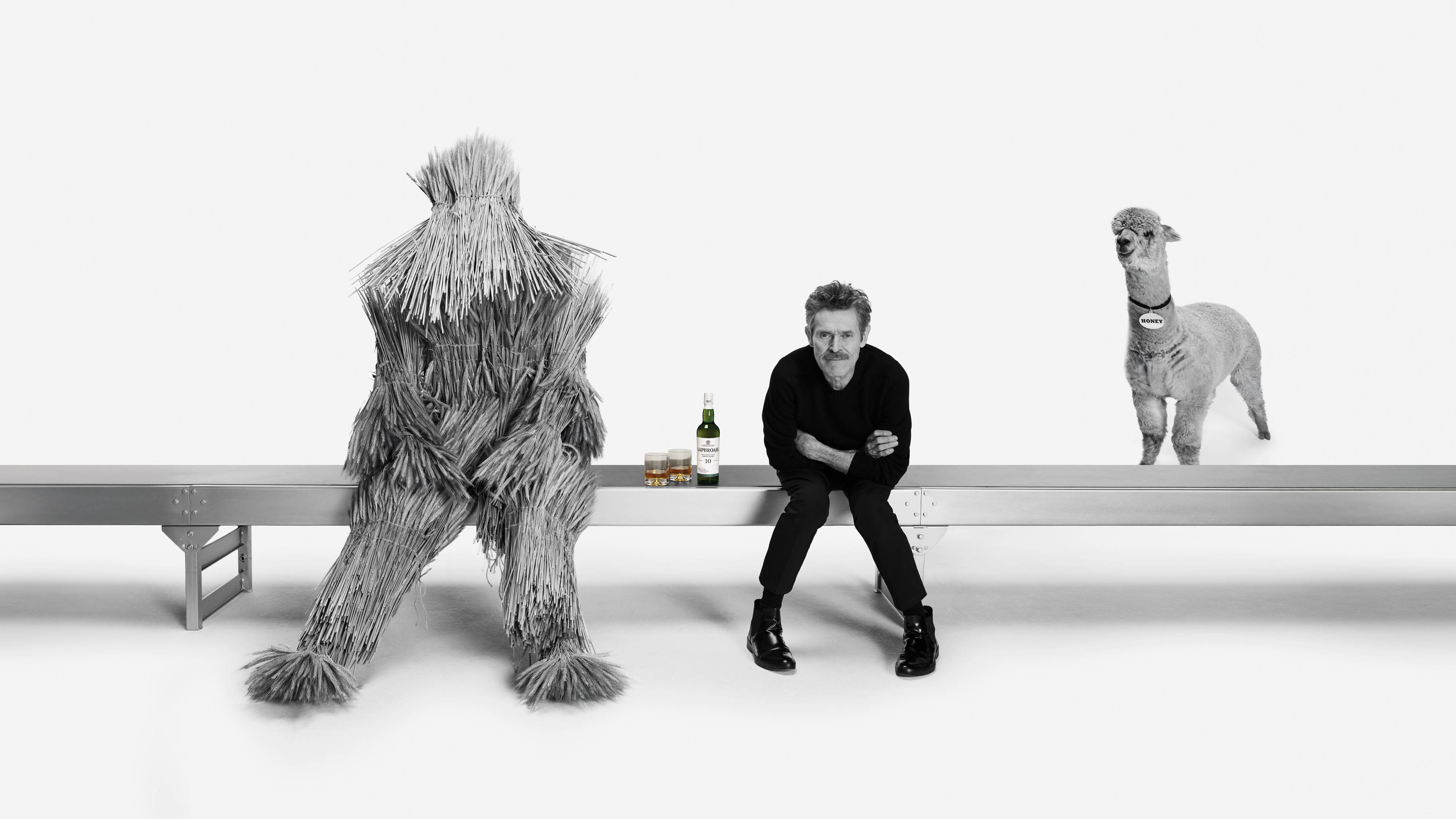 Willem Dafoe is the brilliant new face of Laphroaig — and he's got some wild ideas on how it tastes
Willem Dafoe is the brilliant new face of Laphroaig — and he's got some wild ideas on how it tastes“Like licking a walrus chomping on a seaweed cigar.”
-
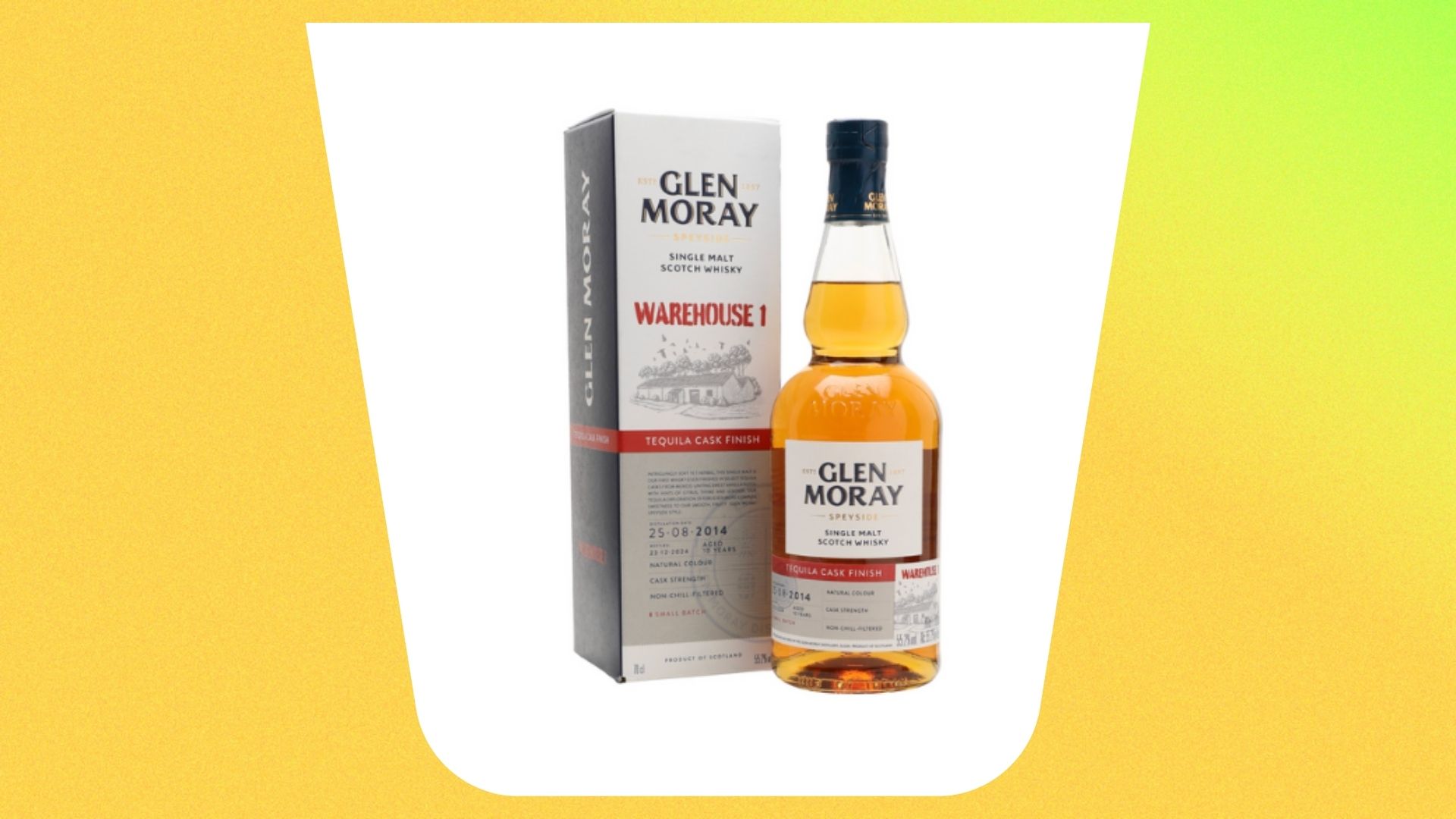 Glen Moray expands its experimental warehouse collection with two new tequila-finished whiskies
Glen Moray expands its experimental warehouse collection with two new tequila-finished whiskiesAdding some maracas to the call of the bagpipes

